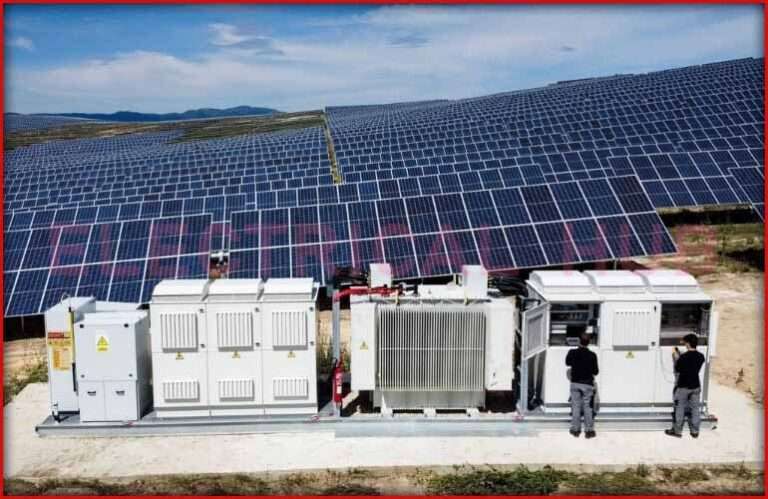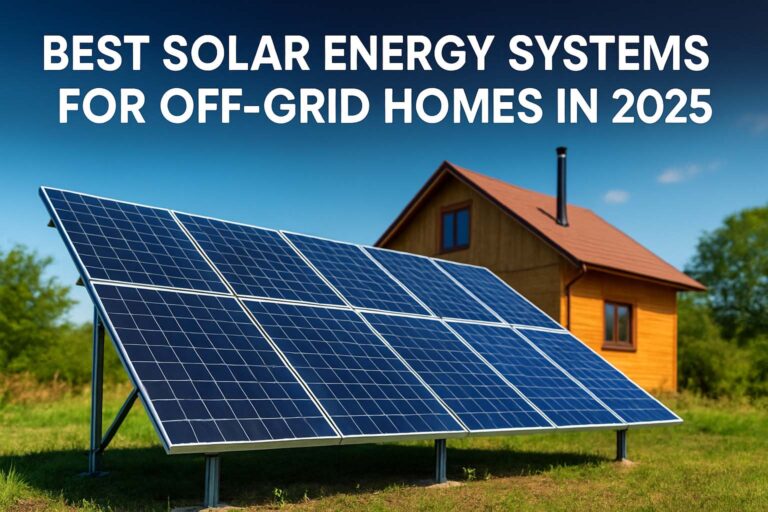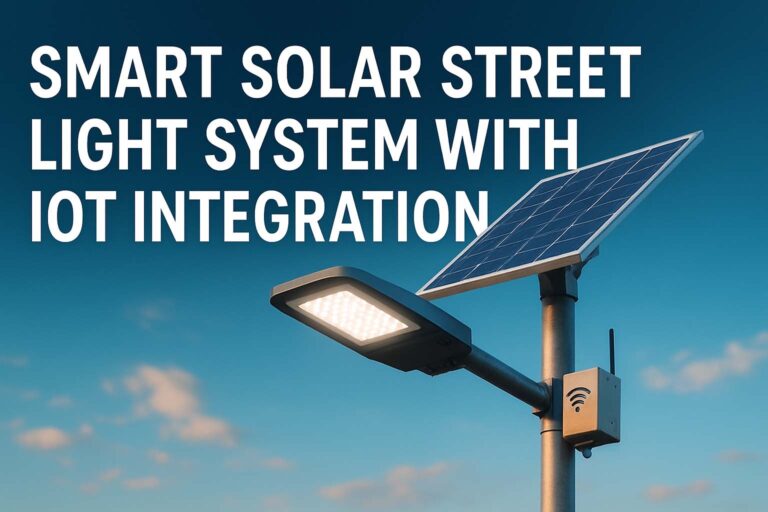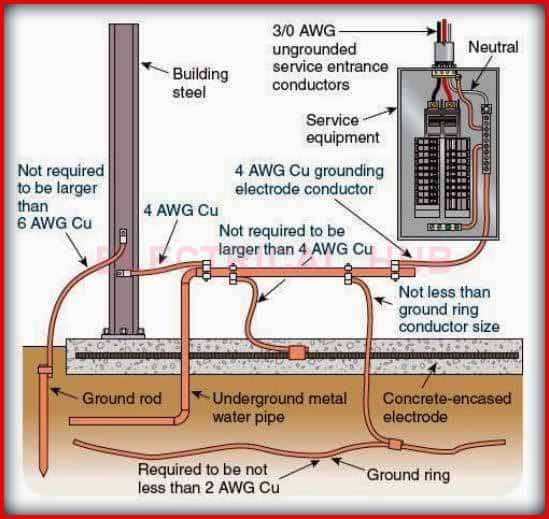Circuit Breaker Selection for Solar Inverter Systems – Choosing the Right Breaker for Solar Safety
Choosing the right breaker for solar inverter systems is not just about selecting any miniature circuit breaker (MCB). It’s a decision that directly affects system performance, safety, and compliance with regulations. As solar installations grow in size and complexity, understanding solar MCB size selection becomes crucial for homeowners, solar professionals, and engineers alike.
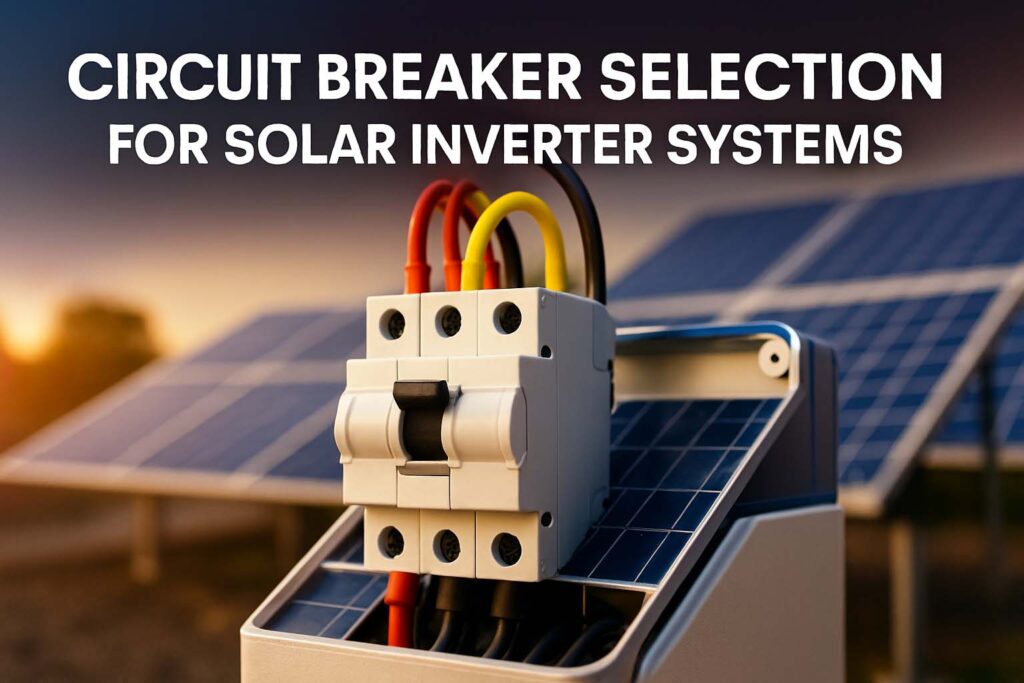
In any solar setup, especially those connected with inverters, circuit breakers play a protective role. They prevent overcurrent, short circuits, and fires. Solar systems are DC in nature (on the panel side), and most traditional breakers are made for AC circuits. That’s why selecting the appropriate breaker type and rating for solar becomes critical. Whether you’re installing a small rooftop system or a large-scale off-grid array, the wrong breaker can compromise system safety and efficiency.
This guide will help you understand how to select the correct breaker for solar applications, focusing on solar MCB size, types, and installation considerations. From understanding inverter output to matching it with breaker ratings, this article will cover every practical angle.
Key Takeaways:
- Always match the breaker rating with the inverter output current and wire size.
- Use DC-rated breakers on the panel side and AC-rated breakers on the output of hybrid or on-grid inverters.
- Oversizing the breaker is dangerous, while undersizing can lead to nuisance tripping.
- Environmental and derating factors must be considered in high-temperature areas.
Why Breakers Are Vital in Solar Systems
In a solar system, circuit breakers are used in three main areas:
- Between solar panels and charge controller or inverter (DC side).
- Between inverter and AC distribution panel (AC side).
- In battery-based systems, between battery bank and inverter or charge controller.
Use our online tool Circuit Breaker Size Calculator for Appliances
Each segment carries different current ratings and may need different types of breakers. A breaker for solar must interrupt the current safely in case of faults. Unlike traditional AC breakers, DC breakers must extinguish arcs more effectively since DC doesn’t pass through zero like AC does.
This makes MCB selection highly specialized in solar systems. Even when using AC-rated MCBs on the inverter’s AC output side, sizing them improperly can cause overheating or failure. That’s why determining solar MCB size is not guesswork—it’s science.
Understanding Inverter Output Current and Breaker Sizing
Breaker sizing starts with the output current of your solar inverter. Let’s use a basic formula:
Output Current (A) = Power (W) / Voltage (V)
For example, a 5kW single-phase inverter outputting at 230V:
- Current = 5000 / 230 = 21.73A
Now, you need to choose an MCB that can handle this current. A good rule is to oversize the breaker by 25% for safety and startup surges:
- Breaker Size = 21.73 × 1.25 = 27.16A
- Closest standard MCB size: 32A
Table: Recommended Solar MCB Sizes Based on Inverter Output
| Inverter Size | Output Voltage | Output Current | Recommended MCB Size |
|---|---|---|---|
| 1.5 kW | 230V | 6.52A | 10A |
| 3 kW | 230V | 13.04A | 16A |
| 5 kW | 230V | 21.73A | 32A |
| 10 kW | 230V | 43.47A | 50A or 63A |
| 15 kW (3φ) | 400V | 21.7A/phase | 25A (per phase) |
| 20 kW (3φ) | 400V | 28.9A/phase | 32A or 40A |
Note: These are AC output-side values. For DC input-side breakers, current is usually higher due to lower voltage, and special DC-rated breakers must be used.
Use our online tool Wire Size Calculator for Solar Panels – Avoid Power Loss in Off-Grid and Hybrid Systems
Selecting the Right Breaker for Solar: AC vs. DC MCBs
AC MCBs are used on the output side of the inverter, where electricity is fed into the load or grid. These breakers are designed for 50/60Hz alternating current and trip based on magnetic and thermal properties.
DC MCBs are mandatory for the solar panel to inverter path (input side) and between charge controller and battery (if applicable). These breakers are designed to handle constant current and high voltage DC conditions (like 600VDC or 1000VDC).
A typical mistake is using AC MCBs on DC circuits. This leads to poor arc suppression, risk of fire, and voided warranties. When choosing solar MCB size, always check:
- The voltage rating (DC or AC)
- The interrupt rating (in kA)
- The number of poles (DC usually needs 2P or 4P depending on grounding)
Importance of Wire Size in Breaker Selection
The breaker and cable must be matched. If your wire is rated for 25A, and your breaker is 40A, the wire will burn before the breaker trips. This is unsafe and non-compliant.
Let’s say your inverter outputs 20A:
- Use a 4mm² wire (rated ~25A)
- Use a 25A MCB
Oversizing the wire can prevent voltage drop. But never oversize the breaker beyond cable limits. The cable acts as the limit, and the breaker protects it.
Know more about Floating Solar Panel Systems Design & Cost Analysis
Temperature and Derating Factors
In hotter regions, solar inverters often work under high ambient temperatures. This affects breaker performance. Manufacturers provide derating curves to help adjust breaker ratings.
For example, a 32A breaker might only handle 26A at 50°C ambient temperature. So in that case, you may need to use a 40A breaker for the same load if you’re operating in extreme heat.
This is especially relevant in Pakistan, UAE, India, and other countries with high rooftop temperatures.
Common Mistakes in Solar MCB Selection
- Using AC breakers on DC circuits
- Ignoring derating for temperature
- Oversizing breaker beyond cable capacity
- Not accounting for inverter surge currents
- Skipping breaker altogether and using isolators only
In systems over 3kW, especially hybrid or grid-tied, using a breaker is not optional. It’s a legal and safety requirement under most electrical codes (NEC, IEC, etc.).
Solar MCB Size for Battery-Based Systems
In off-grid setups with battery banks, the inverter pulls DC from the batteries. Here, breaker sizing depends on:
- Inverter power
- Battery bank voltage
- Surge current during startup
Use this formula:
Breaker Size = (Inverter Watts / Battery Voltage) × 1.25
Know more about Off-Grid Solar System Design Guide for Remote Areas
Example: A 3000W inverter on a 48V battery bank:
- Current = 3000 / 48 = 62.5A
- Breaker Size = 62.5 × 1.25 = 78.13A → use 80A DC MCB
Always use DC-rated breakers for battery connections. Batteries can deliver extremely high fault currents during short circuits.
Key Selection Tips for Breaker for Solar Systems
- Always read inverter datasheets to find output current.
- Add 25% buffer for continuous operation.
- Match breaker current to wire rating.
- Use DC-rated MCBs on solar panel and battery side.
- Use AC-rated MCBs on output side to grid or load.
- Follow IEC 60947 and NEC 690 standards where applicable.
Conclusion: Get Your Solar Breaker Sizing Right
Selecting the correct breaker for solar inverter systems is more than just plugging in numbers. It requires a practical understanding of current, wire sizing, breaker types, and environmental factors. A well-sized breaker protects your system, prevents fires, and ensures compliance with safety standards.
Know more about MPPT vs PWM Charge Controller: Which One is Better?
The solar MCB size you choose should be based on the inverter rating, voltage levels, wire capacity, and location temperature. Using the wrong type or size can lead to repeated tripping, damaged components, or worse, dangerous short circuits.
Solar is a long-term investment, and the circuit breaker is one of its smallest yet most crucial parts. Don’t overlook it. Make informed choices backed by calculations, and your solar system will be safer, longer-lasting, and legally compliant.
Follow Us on Social:
Subscribe our Newsletter on Electrical Insights for latest updates from Electrical Engineering Hub
#SolarPower, #CircuitBreaker, #SolarSafety, #SolarInstallation, #MCBSelection, #SolarInverter, #ElectricalEngineering, #RenewableEnergy, #BreakerForSolar, #SolarMCB, #SolarSystemDesign, #ElectricalSafety, #GreenEnergy, #SolarTech, #HomeSolarSystem

